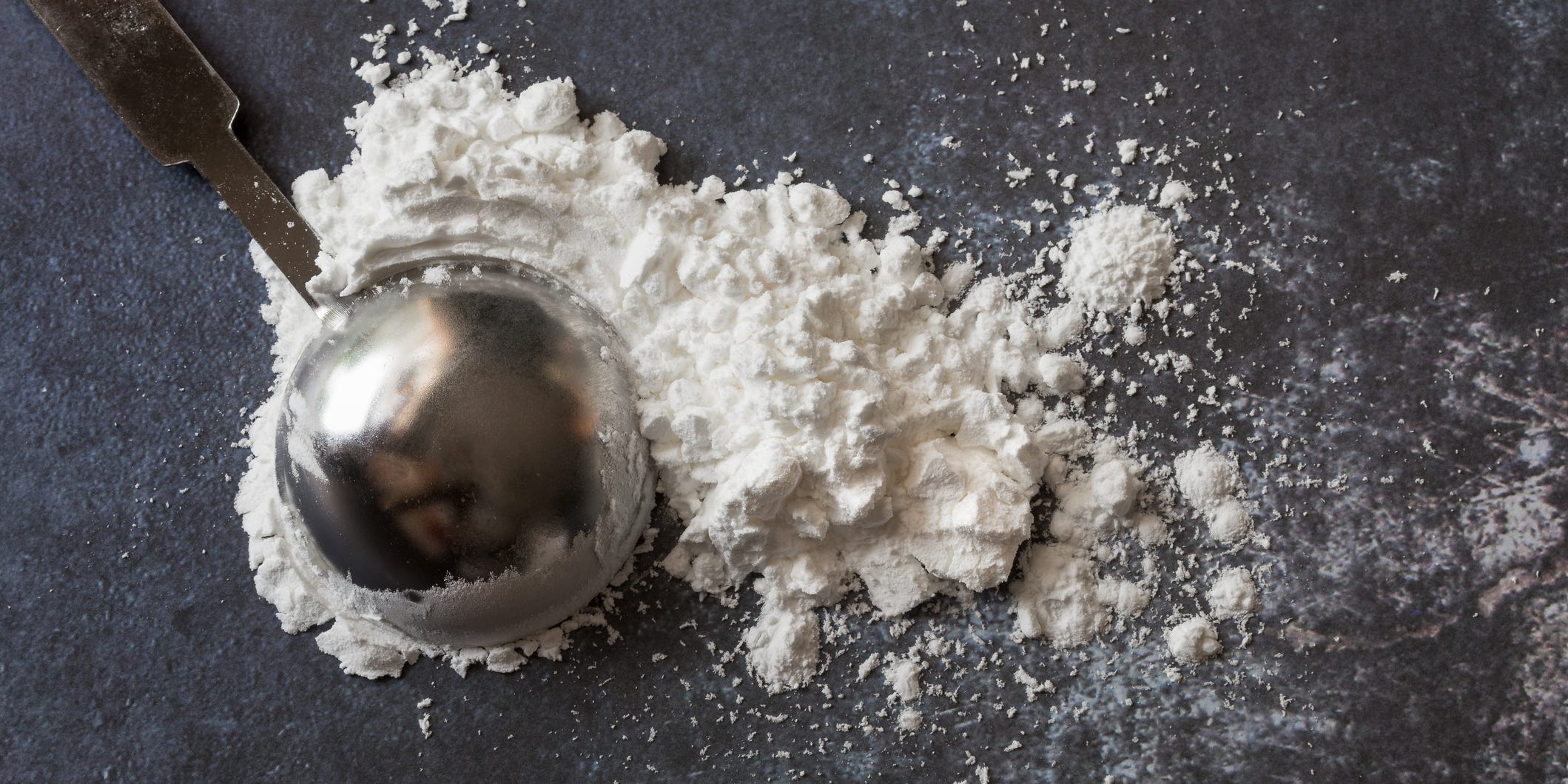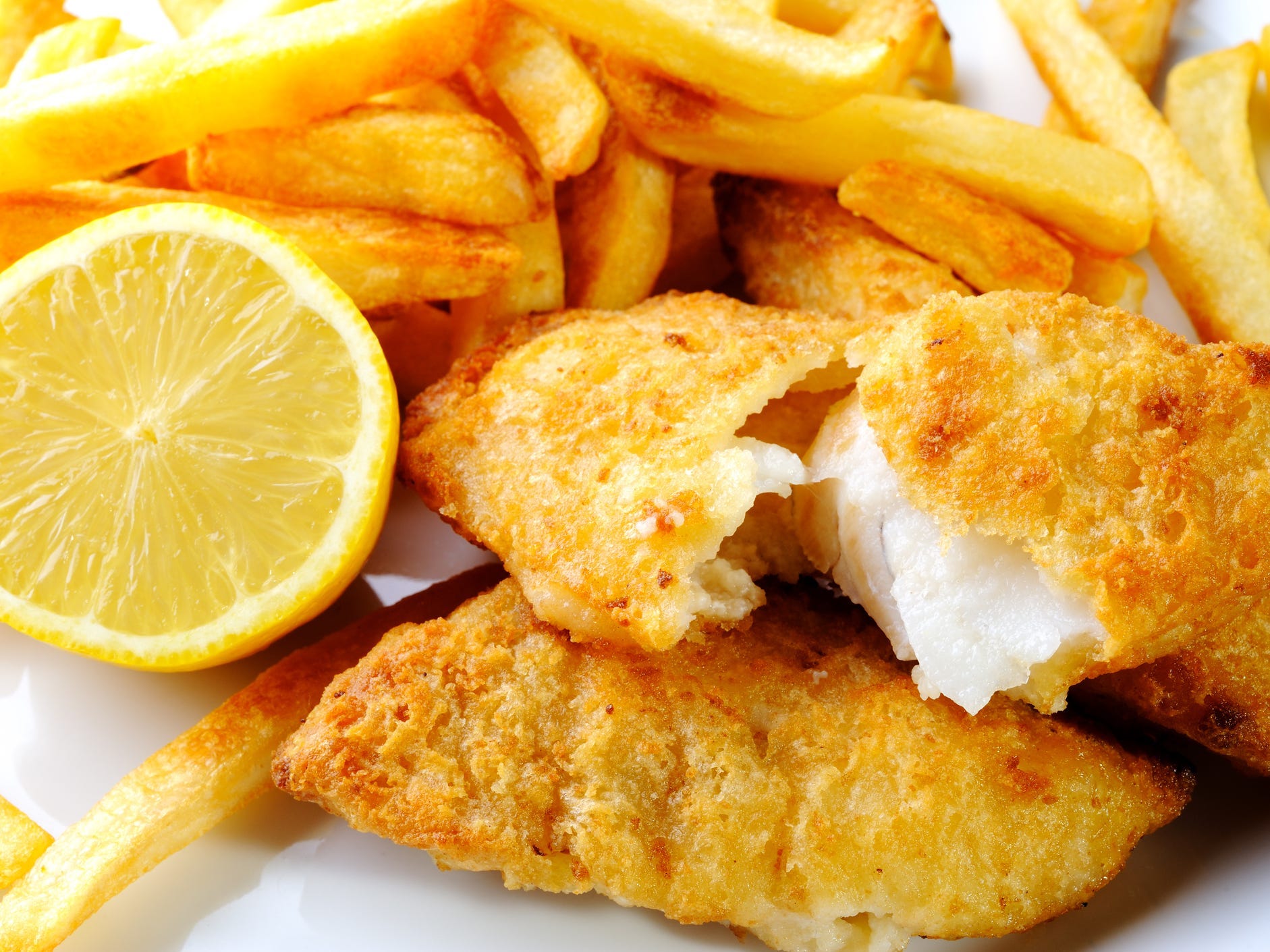
- All-purpose flour, cake flour, arrowroot flour, and tapioca starch serve as excellent thickeners.
- Tapioca starch, wheat flour, and ground flaxseed are ideal substitutes for baking.
- When frying, the best cornstarch substitutes are rice flour and potato starch.
- Visit Insider's Home & Kitchen Reference library for more stories.
Whether you're whipping up a stew, frying tofu, or baking a batch of shortbread cookies, cornstarch can be a crucial ingredient in a range of recipes. This super-fine powder, which is made from the pure starch of corn kernels, is most commonly used as a thickening agent for soups, puddings, and pie fillings, but it can also be used as a meat tenderizer in marinades, or to create a crispy coating when frying proteins or vegetables.
If you don't happen to have any cornstarch on hand, though, there are plenty of other ingredients you can swap in – many of which you may already have in your pantry.
Here are the best cornstarch substitutes for thickening, frying, and baking, according to Chef Rich Hudson of Datz Restaurant Group – along with some tips on how to use them.
Best cornstarch substitutes for thickening

Alena Haurylik/Getty Images
When heated, cornstarch granules swell, trap water, and burst, releasing more starch into the liquid causing it to thicken, Hudson says. Fortunately, there are many other substances that react the same way.
All-purpose flour
Unlike cornstarch, all-purpose flour is not a pure starch, nor is it gluten-free. So, it can be an effective thickener, but you'll need more of it to get the same effect as cornstarch.
To avoid clumps while thickening recipes with flour, Hudson advises mixing it with a small amount of water first to form a paste. You may also want to cook your sauce, stew, etc. for an extra two to three minutes to eliminate the "raw" flour flavor.
All-purpose flour is a popular cornstarch substitute for fruit pie feelings. However, Hudson says to keep in mind that cornstarch produces a glossy sheen, but flour will produce more of a matte finish.
Rice flour
One advantage of using rice flour over all-purpose flour is that like cornstarch, it's gluten-free. It's also colorless, which is helpful when you're mixing it with water to thicken clear liquids.
You'll need twice as much rice flour to substitute for cornstarch and it will yield an opaque product, says Hudson. However, this gluten-free thickener works especially well in puddings since it holds up well to high heat.
Rice flour can be used in water to make a paste, but it can also be mixed with butter or oil to make a roux.
Arrowroot flour
While arrowroot flour, a fine powder made from the roots of a tropical plant, is a less common ingredient to have in your pantry, it's Hudson's top choice for a cornstarch substitute. This is because it can produce the same thickening effect and glossy finish as cornstarch at a 1:1 ratio without imparting any flavor. As an added bonus, it also contains more fiber than cornstarch.
Arrowroot can be used to thicken almost anything - but avoid using it in dairy-based recipes, as the combination can result in a slimy texture.
Hudson recommends mixing 2 tablespoons of arrowroot in ½ cup water to make a slurry first before pouring it into the liquid you're thickening.
Cake flour
Because cake flour has a much lower protein (gluten) content than all-purpose flour, it's a particularly good substitute for cornstarch when making a roux, says Hudson. Cake flour has also been milled into a much finer consistency than all-purpose or whole-wheat flour, meaning it can result in a smoother texture.
Tapioca starch
This gluten-free flour, which is made from the crushed pulp of cassava root, is an excellent thickener with a neutral flavor and ultra-fine consistency. If you plan on freezing your leftovers, however, keep in mind that tapioca starch does not hold up as well as arrowroot when frozen. Also, boiling tapioca starch can sometimes result in a stringy texture.
Best cornstarch substitutes for baking and frying

4kodiak/Getty Images
Tapioca starch is an ideal choice for baking as well because it can create a chewy texture and crisp crust.
Whereas rice flour is a good cornstarch replacement in cookie recipes, potato starch is an effective swap in cakes.
Rice flour can also be used for breading and frying - it produces a lighter, crispier crust than many other traditional flours since it's finer and more delicate in texture.
Other viable cornstarch substitutes include:
Ground flaxseed
Ground flaxseed is not flavorless or colorless, but it does become gelatinous when mixed with water. It's more well-suited to baking than thickening due to its gritty texture (which isn't ideal when you're trying to achieve a velvety smooth sauce or creamy soup). Ground flaxseed is also high in soluble fiber, with 3 grams (12% of your DV) in 2 tablespoons.
Rather than adding it directly into the recipe, make a paste by mixing 1 tablespoon ground flaxseed with 4 tablespoons of water (for the equivalent of 2 tablespoons of cornstarch).
Wheat flour
In comparison to all-purpose flour, wheat flour is not ground as finely, is higher in fiber, and the starch content is low. That's why Hudson says this serves as a much better cornstarch swap for baking than for thickening.
As with all-purpose flour, be sure to whisk wheat flour into water before adding to any recipes.
Potato starch
The thickening capabilities of this gluten-free substitute don't last long after being heated. However, since potato starch can withstand high-heat cooking and has the right structure to provide a rigid coating on food, it's a phenomenal pick for frying. It's also bland in taste, so it won't add any unwanted flavor.
Insider's takeaway
There are a number of common pantry ingredients that can serve as substitutes for cornstarch. All-purpose flour, arrowroot flour, and tapioca flour are ideal thickeners, while potato starch and rice starch work well for frying, and ground flaxseed and wheat flour work well for baking.
No matter which substitute you're using, you can avoid clumps by making a paste with a small amount of liquid before adding it to your recipe.
